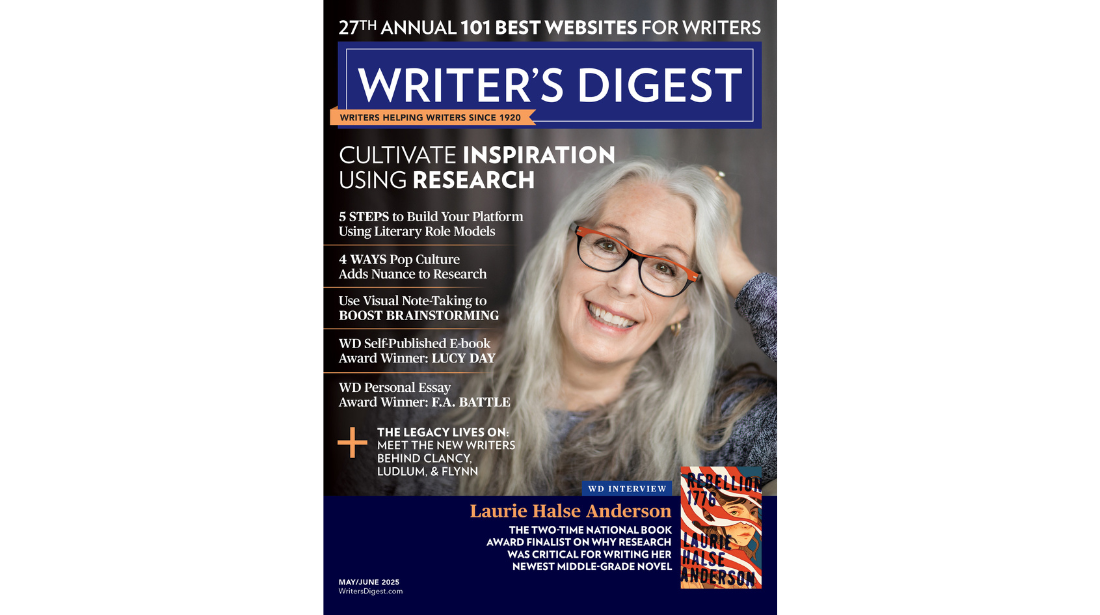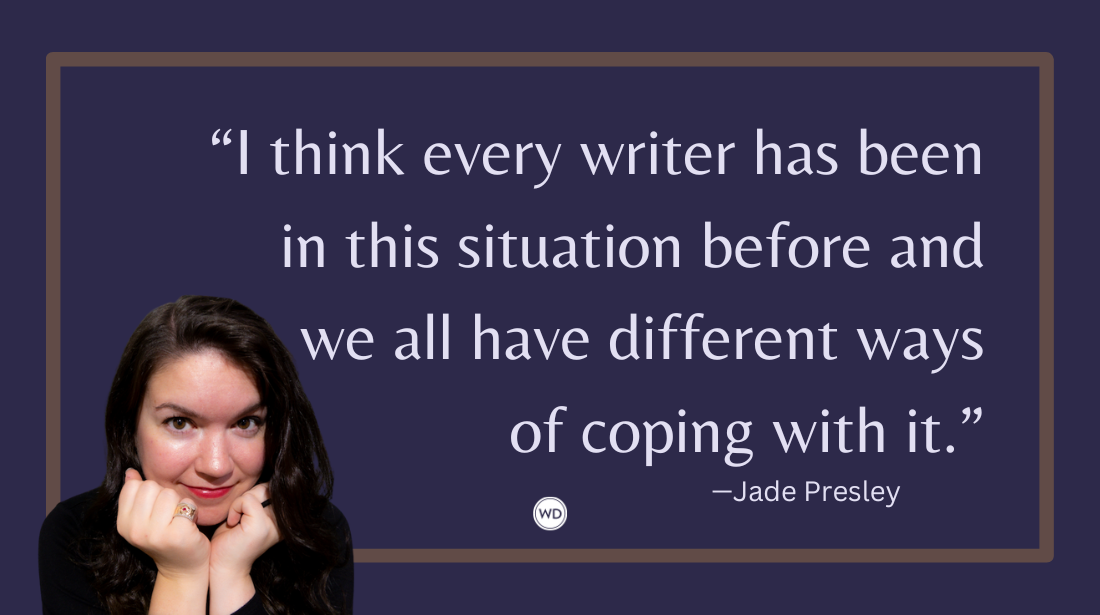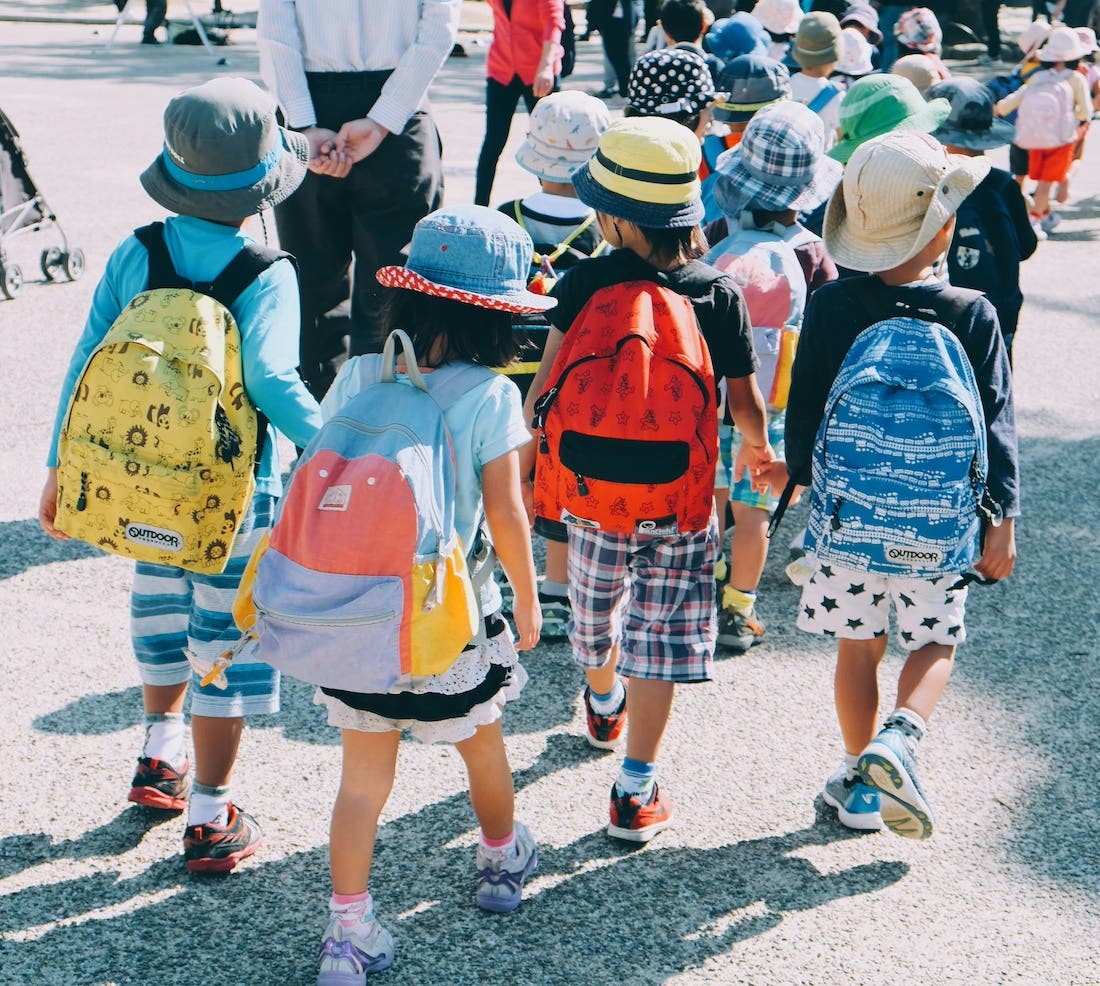Picture This: Photographer Sharona Jacobs Teases Out the Essence of Authors’ Works Through Headshots
Author headshots might be more important than you think. Photographer Sharona Jacobs explains the importance and process of creating exceptional author photos that can even improve the performance of the book.
I once asked Sebastian Junger’s publisher about the headshot on The Perfect Storm book jacket. Is it true Junger’s cheekbones sold the book? Far from being offended, he clutched my arm and told me that Junger’s first book tour was like a rock concert, full of fans eager to meet the handsome author.
AUTHOR HEADSHOTS MATTER
“The author’s headshot is the equivalent of that handshake you make when you meet someone and say, ‘Nice to meet you,’” photographer Sharona Jacobs says.
You don’t need to look like a model to sell a book, but readers want a sense of the person they’ll be spending so much time with. Does the writer look like she has a sense of humor? Is he approachable?
Jacobs has found a niche taking portraits of writers for their books and publicity materials. She’s been deemed “Boston’s Literary Photographer” by the acclaimed creative writing center GrubStreet, but the former therapist thinks of her job in more casual terms—taking photos while talking to interesting people. She makes countless technical decisions on lighting, angles,
aperture—ultimately wanting her images to portray their subjects as they might look “on their best day.”
Here’s a peek at her process:
GETTING TO KNOW YOU
Jacobs spends time acquainting herself with each client prior to a shoot: first via phone call, and then through dedicated research. “I tell people that anything they want to send me, I will absorb,” she says. “I have had people send me photographs [of themselves] that they’ve loved or they hated; I’ve had people send photographs of a random place that evokes a mood similar to the plot [of their novel].”
She doesn’t have time to read every manuscript through, but she’ll always skim the book, noting passages that convey a particular mood. She then seeks to evoke that tone in the portrait.
For instance, the way Jacobs describes her photograph of Kelly Link—“The light was beautiful, the angle was lovely to her face, and she looked warm and engaged but with a bit of quirky edge”—could be a description of one of Link’s short stories.
FRAMING FOR SCALE
On most book jackets, there isn’t room for much more than a tight headshot. “The visual real estate on the back of the book is often not very big, so you generally distill the essence of the person into a close-cropped shot,” Jacobs says.
She remembers historian Vincent Brown as “a friendly, intellectual lion” who didn’t need any framing beyond his own dreadlocks.
Alternatively, for publicity materials, photos are printed at a larger scale, allowing for more elements in the image. Rita Zoey Chin’s memoir Let the Tornado Come tells the story
of her troubled childhood and a parallel story of Claret, a skittish horse. In that instance, it made sense for Jacobs to trek out to Claret’s barn and capture both protagonists together.
SETTING THE GROUNDWORK
Jacobs advises authors to wear solid colors, but nothing too bright or distracting. Unless, of course, that’s part of your personal branding: “If someone says, ‘I only wear white shirts,’ then wear a white shirt,” she says. In other words, Tom Wolfe gets a pass.
She gives her female clients a list of makeup artists who have worked with photographers and understand how makeup will look under intense lighting. For men, she keeps powder
on hand because her bright lights tend to shine off of noses and tops of heads—especially where hair is thinning or gone.
And she offers a forewarning: “Don’t get a haircut two days before.” Even if it’s with the same hairdresser you’ve had for years, Jacobs recommends caution: You don’t want to be surprised.
TACKLING THE SHOOT
On the day of the shoot, Jacobs enjoys a cup of tea with her subject before any cameras appear. While talking, she watches how light plays on the author’s face, and notices any signature, subconscious gestures they might make: How do they sit? What is their body language? When they’re thinking, do they always have their hand under their chin? Is there a physical quirk
that’s unique to who they are?
Once the photography starts, she acknowledges that it takes a while for authors to get acclimated to the lights and camera. That’s only exacerbated by the fact that many writers are introverts, as Jacobs jokes: “I only photograph people who don’t want to be photographed.”
In terms of positioning, Jacobs doesn’t expect her subjects to strike a pose on their own. Instead, she walks them through exactly what to do and how to sit, all while making conversation and trying to capture how they react. “Sometimes I get the shot in
the fi rst two minutes,” she says, but she keeps shooting because “maybe there’s something better coming along.”
Sessions usually take about two hours.
POST-PRODUCTION POLISHING
After the shoot, Jacobs sends about 15–20 shots to the writer, including a mix of both black-and-white and color images. She says that black-and-white portraits express a classic, timeless quality that many people prefer; however, there are some authors, such as fantasy novelist
Holly Black, who possess “a certain vividness it would be a crime not to have [in color].”
Once the client chooses a photo (or multiple photos, depending on their budget and need), Jacobs removes stray hairs from the final selection, fi ne-tunes the image and sizes it appropriately for print or online use. Looking at the large prints hanging in Jacobs’ studio, what jumps out isn’t just the way in which the portrait precisely captures the writing tenor of the author, but also the unexpected details that bring the composition together—like the vinyl
records in her photo of essayist Steve Almond.
“I think it’s appropriate that if you’re photographing authors, thereshould always be a little bit more to unfurl,” she says.
Jack Cheng (jackchengphd.com) is an archaeologist and writer living in the Boston area.








